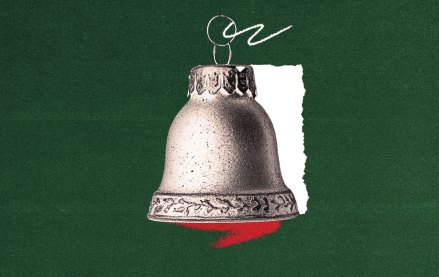Why some creators are returning to traditional jobs and side hustles as brand deals slow

As a Digiday+ member, you were able to access this article early through the Digiday+ Story Preview email. See other exclusives or manage your account.This article was provided as an exclusive preview for Digiday+ members, who were able to access it early. Check out the other features included with Digiday+ to help you stay ahead
The transition from viral influencer to a full-time career as a creator has always been tough — but with greater economic pressure, some are realizing the juice isn’t worth the squeeze.
After working 11 years as a creator and amassing 68.2K subscribers on YouTube, mom of twins, creator-turned talent manager Joanna Fowler joined Shine Talent Group in December as its head of talent.
“A lot of it is unpaid for a very long time,” Fowler told Digiday, of her work as a creator. “Even when it is your full-time job, you need to be able to bookend sponsored content with a lot of content that is not sponsored and create a lot of value for your community.”
In her new role, Fowler said she appreciates the full-time, salaried benefits of taking paid leave.
Fowler isn’t alone in rethinking a creator career in search of greater stability right now. With far more creators entering the business, the landscape is competitive and the pay is diluted. Brands are halting new deals, offering less pay for more work and marketers’ budgets are freezing amid ongoing tariff concerns.
“We’ve seen the fast-paced nature of social media can lead to burnout, and full-time roles offer some level of stability, predictable income and benefits that independent creator work may not provide,” said Alienore Lanson, senior account manager at integrated marketing agency MG Empower. “The global cost of living crisis has made financial security a greater priority, pushing many influencers to seek supplementary or alternative income streams through full-time employment.”
Agencies are hearing from creators who are trading in the influencer life in search of a steadier paycheck and more work-life balance during economic instability.
“Brands are pulling out of campaigns and paid partnerships right and left at the moment,” said LGBTQ creator Timur Tugberk, and founder of PR agency Designing The District. “The frequency of collaboration invitations has gone way down over the past month, to be honest.”
For many, going back to a traditional job can provide the needed stability so they can continue working in the creator economy with their skillset and relationships in the business — and avoid the unpredictable pay. Such was the case for lifestyle influencer Sienna Santer, whose 43K Instagram following helped pay for college after she went viral on YouTube detailing her college life.
After graduating in 2022 and identifying as a full-time creator for nearly seven years, she decided to take a new role at influencer agency Buttermilk in December 2023 as a creator strategist, working as the agency’s liaison with creators, making creative briefs and strategizing on creator campaigns. The 9-to-5, stable income of the job let content creation for Santer become a hobby again.
“[Income can be] so variable and so fluctuating,” Santer told Digiday. “One of the blessings but also one of the drawbacks is that creator income is not fixed. You can have months that are amazing, and then you can have months where you don’t literally … don’t earn anything.”
There can be a wide disparity in compensation between part-time and full-time creators — with part-time creators earning less than $500 a month, while full-time creators earn between $2,000 and $4,000 a month, according to influencer marketing platform Later’s creator survey.
Corporate work isn’t the only option for stability, as some creators have built their own businesses after successfully growing an online community. Parenting creator Tina Cartwright, with 75K Instagram followers, explained that the tariff uncertainty paused her brand deal negotiations in March. Since then, she is renegotiating contracts to adjust those brand deals and relying on her consulting business, RM Consulting, to bridge the gap.
Fowler, too, said she knew she was ready to “retire” from content creation full-time to focus on parenting and another aspect of the creator business. When the opportunity came around in December, she was happy to take on more of a supporting role for creators and have the chance to take a sabbatical, a new program that Shine introduced last month for talent managers. “I was still being offered brand deals … and I love pieces of it, but for me the pull to the other side was stronger,” Fowler said.
More in Marketing

Pandora is betting on AI agents to scale service and emotional selling during the peak holiday season
Pandora is using AI agents to scale customer service and replicate emotional in-store selling online, just as peak season puts pressure on margins and teams.

Rembrand’s CEO wants to grow virtual ad placements in streaming, and he’s looking elsewhere for models
Omar Tawakol wants to improve advertising within the streaming world, and is working with advertisers and publishers to improve that experience.

Marketers are keen to use generative AI in ad campaigns, but hidden costs lurk
Marketers across the industry want to use AI to cut down on time spent in creative production. It’s not so simple in practice.









